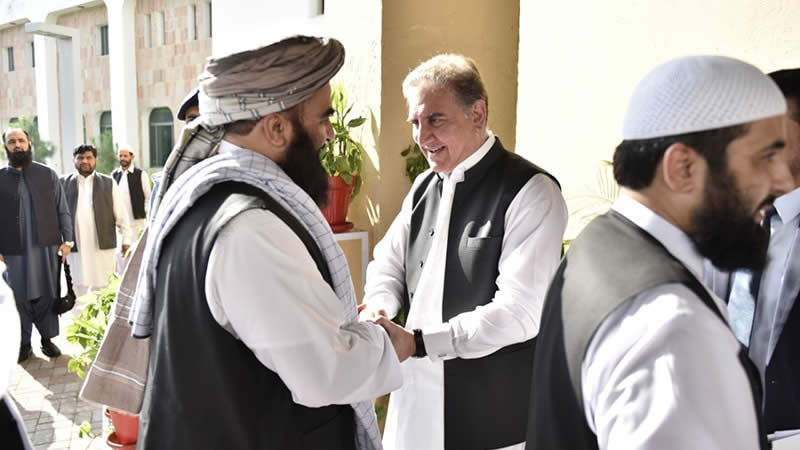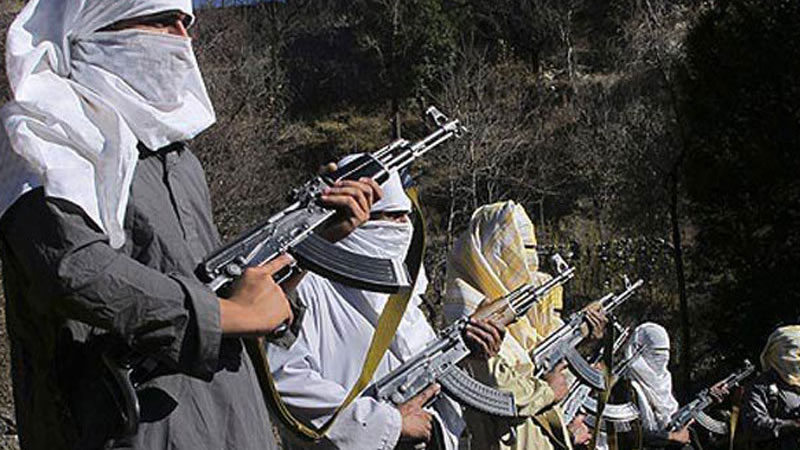[contentblock id=1 img=adsense.png]China’s Three Gorges Corporation (CTGPC) has reportedly proposed a 15 billion dollar hydropower scheme to Pakistan to dam the Indus river valley at several points and to fund a 50 million survey to lay the groundwork. The objective: to not only enhance electricity generation but to provide it at the cheapest possible rates as well as to facilitate effective flood control. That the Chinese company has the capacity to deliver is not in question.The Three Gorges dam is regarded as a historic engineering, social and economic success with the design of state of the art large turbines and a move towards limiting greenhouse gas emissions. It has the capacity to produce over 1800MW of electricity, reduce the potential for floods’ downstream by providing flood storage space and increase shipping capacity of the Yangtze River. From Pakistan’s perspective, the offer is solid as CTGPC is already engaged in a number of multipurpose hydro and wind-power projects including Karot, Taunsa, Kohala and Bunji hydroelectric projects. Various wind projects are also under way as a part of finding an integrated solution to meet the growing energy needs of the country.However, the downside of the Three Gorges dam was the flooding of an archeological site, displacement of 1.3 million people, and significant ecological challenges including an increased risk of landslides. The international community, including multilaterals on which the government of Pakistan has relied heavily to provide support for major infrastructure projects in the past, has focused on the
From Pakistan’s perspective, the offer is solid as CTGPC is already engaged in a number of multipurpose hydro and wind-power projects including Karot, Taunsa, Kohala and Bunji hydroelectric projects. Various wind projects are also under way as a part of finding an integrated solution to meet the growing energy needs of the country.However, the downside of the Three Gorges dam was the flooding of an archeological site, displacement of 1.3 million people, and significant ecological challenges including an increased risk of landslides. The international community, including multilaterals on which the government of Pakistan has relied heavily to provide support for major infrastructure projects in the past, has focused on the
[contentblock id=2 img=adsense.png]
dam’s downside as opposed to numerous economic benefits that accrue from its construction. Thus funding for the project may provide a formidable challenge. Reports that the newly-inducted Minister for Petroleum and Natural Resources, Dr Asim Hussain, was engaged in discussions with potential investors in London have surfaced, lending a significant measure of credence to accounts that the government of Pakistan has taken the next critical step forward with respect to realising the project put forth by the Chinese company.
 That this proposed project has for sometime been in the works is evident. In April, President Asif Ali Zardari met the Chairman of CTGPC Cao Guangjing and, as an outcome of the meeting, directed the government to task the CTGPC to build a run of the river hydro project at Sukkur Barrage and requested the Water and Power Minister to liaise with the stakeholders to finalise the project proposal within 60 days. The President suggested that apart from undertaking 120MW power project on Sukkur Barrage, the study
That this proposed project has for sometime been in the works is evident. In April, President Asif Ali Zardari met the Chairman of CTGPC Cao Guangjing and, as an outcome of the meeting, directed the government to task the CTGPC to build a run of the river hydro project at Sukkur Barrage and requested the Water and Power Minister to liaise with the stakeholders to finalise the project proposal within 60 days. The President suggested that apart from undertaking 120MW power project on Sukkur Barrage, the study
[contentblock id=3 img=adsense.png]
on building a number of small power stations of 20MW to 30MW, depending upon the capacity, on the various distributaries in that area may also be explored. However, the President also advised that the downside of dams, including relocation of households and existing highways, be accorded top consideration in further undertaking the study and developing the plans for implementation of the project.
 Generating funding for the construction of big dams is a challenge. However, the bigger challenge from Pakistan’s perspective based on our history has been the lack of consensus among provinces on the construction of huge dams. There is thus a need for the government to first develop a consensus on the dam before exploring sources of funding for the project. Given the scale and extent of energy shortages that continue to plague this country a consensus would be quite easier to reach. The government can then turn its attention towards the dam’s construction. The Chinese government has reportedly already indicated its willingness to finance part of the project, the remaining costs can be borne by the government from domestic resources through launching an austerity programme that rivals what is being supported by all recession-ridden economies of the world that include several European countries. – Brecorder
Generating funding for the construction of big dams is a challenge. However, the bigger challenge from Pakistan’s perspective based on our history has been the lack of consensus among provinces on the construction of huge dams. There is thus a need for the government to first develop a consensus on the dam before exploring sources of funding for the project. Given the scale and extent of energy shortages that continue to plague this country a consensus would be quite easier to reach. The government can then turn its attention towards the dam’s construction. The Chinese government has reportedly already indicated its willingness to finance part of the project, the remaining costs can be borne by the government from domestic resources through launching an austerity programme that rivals what is being supported by all recession-ridden economies of the world that include several European countries. – Brecorder













